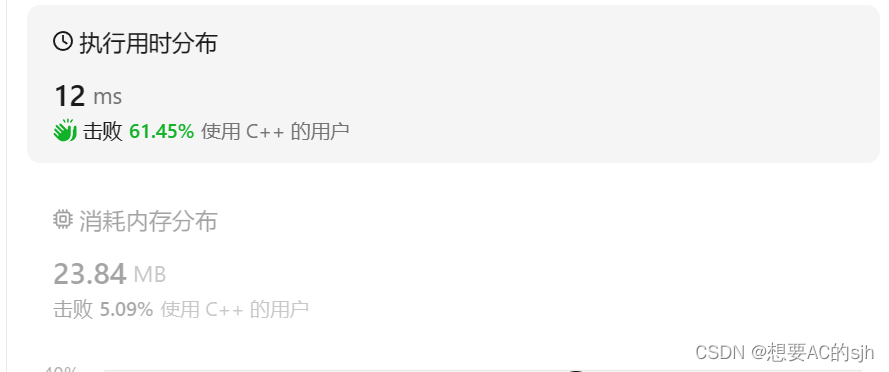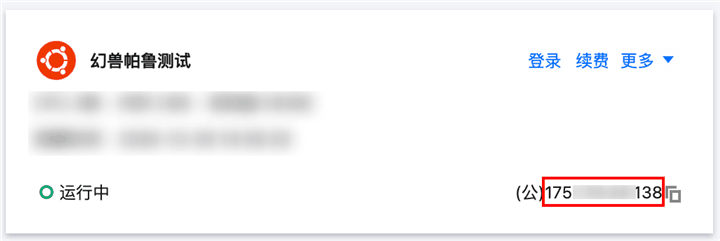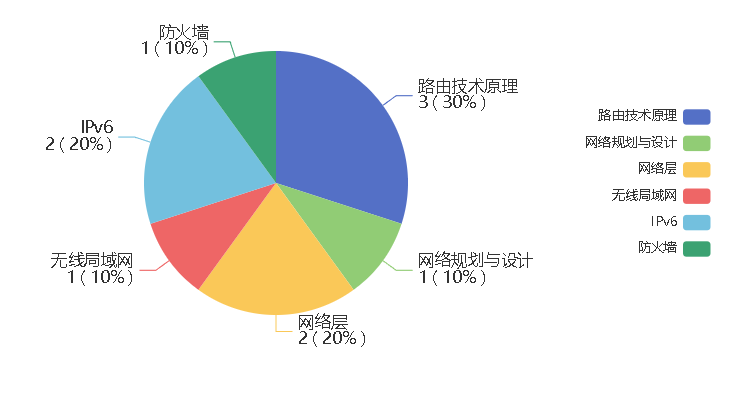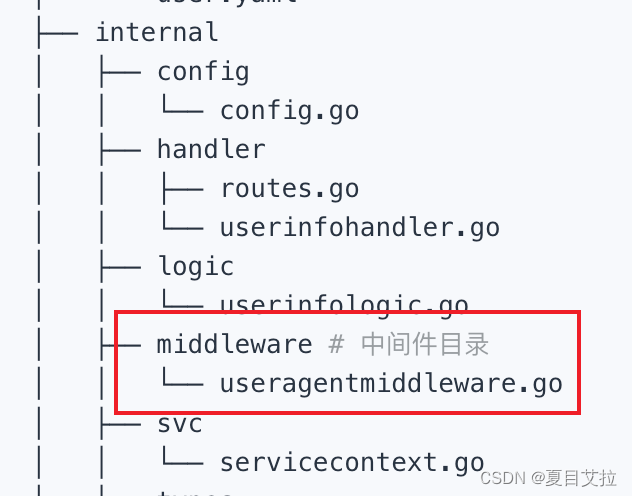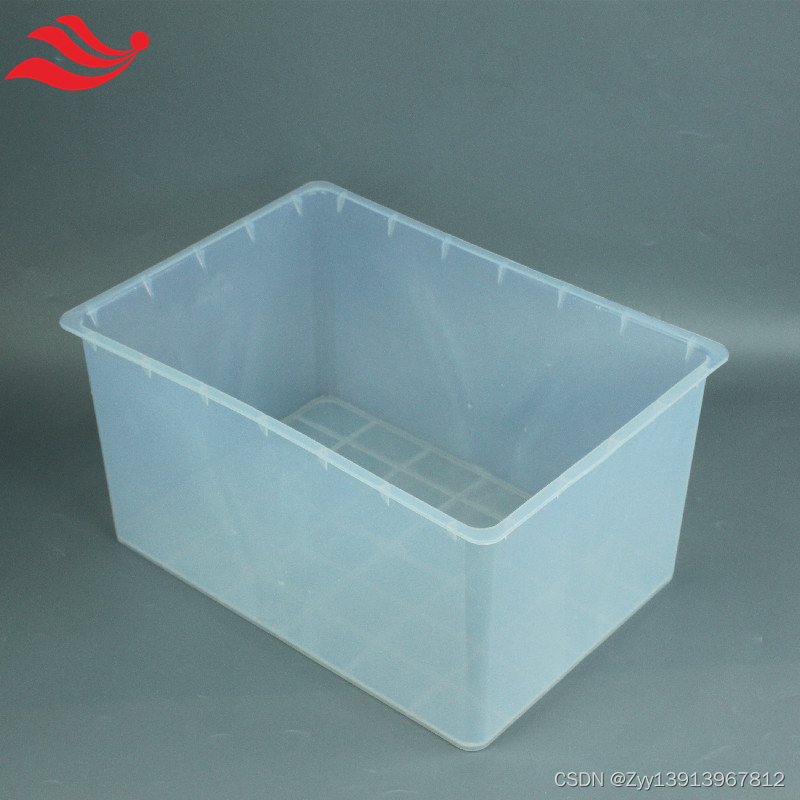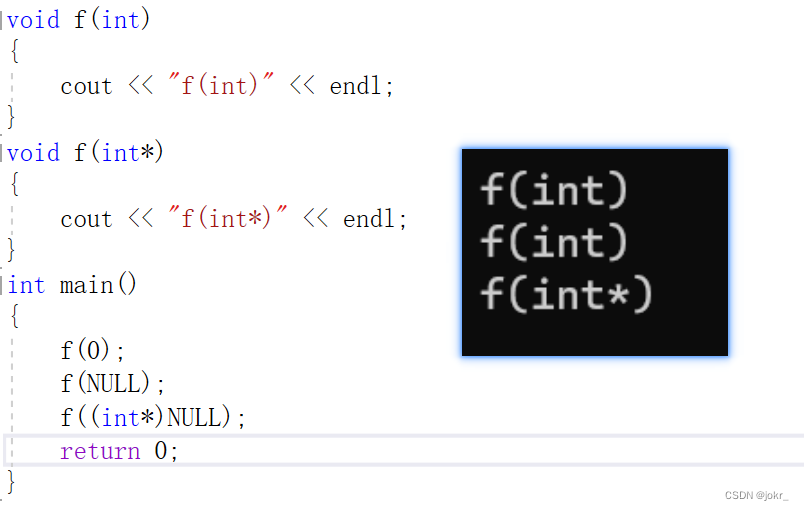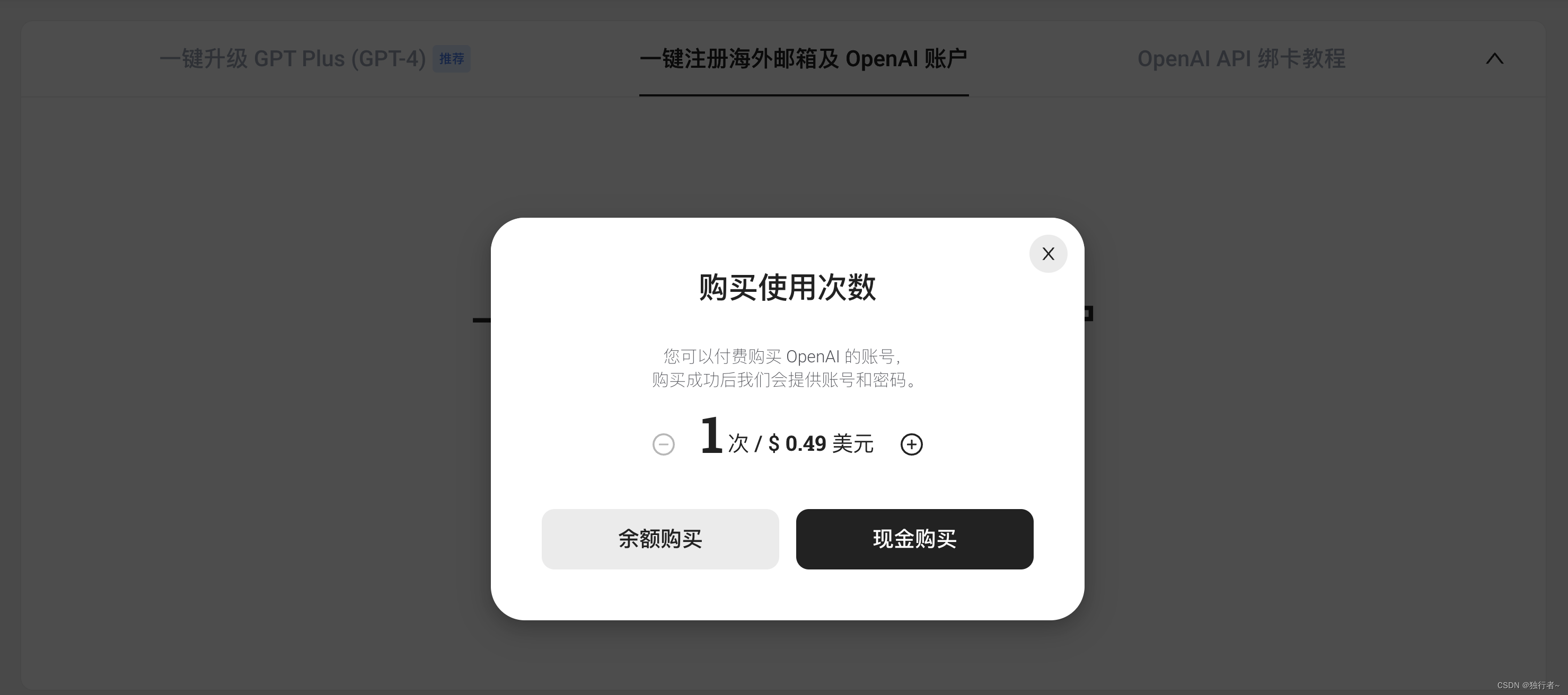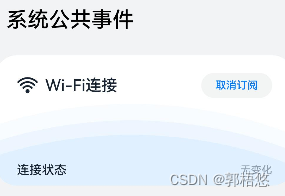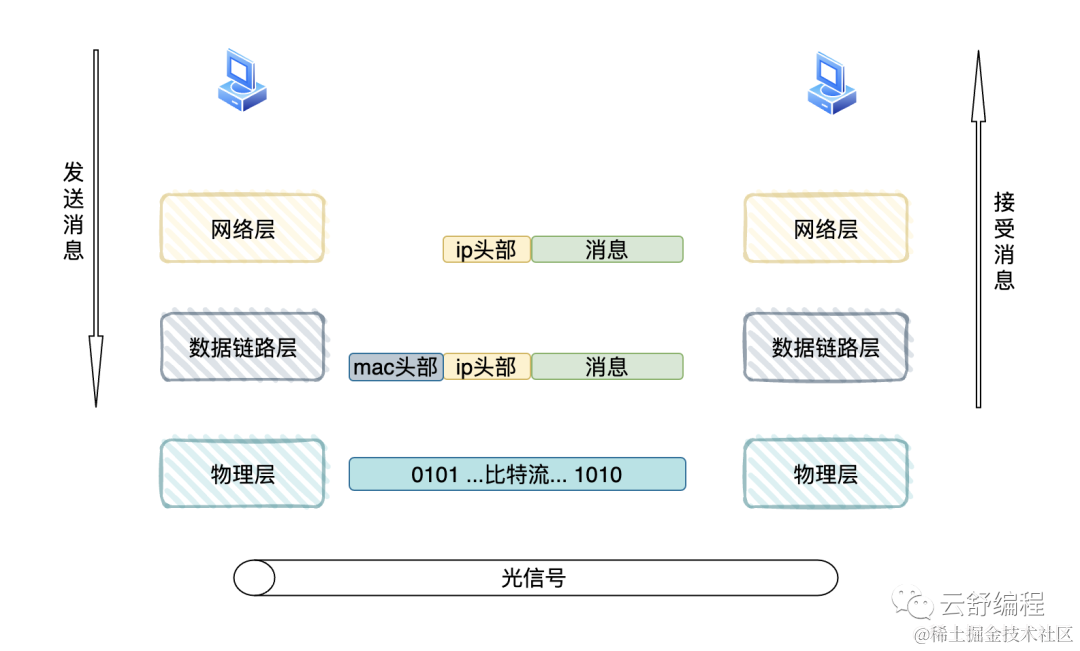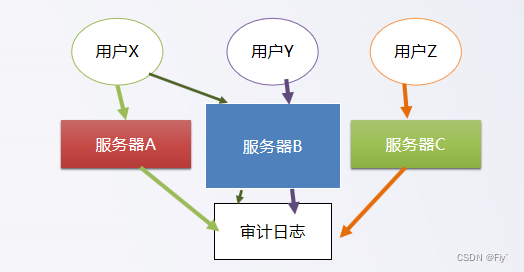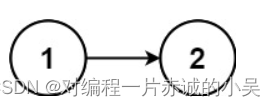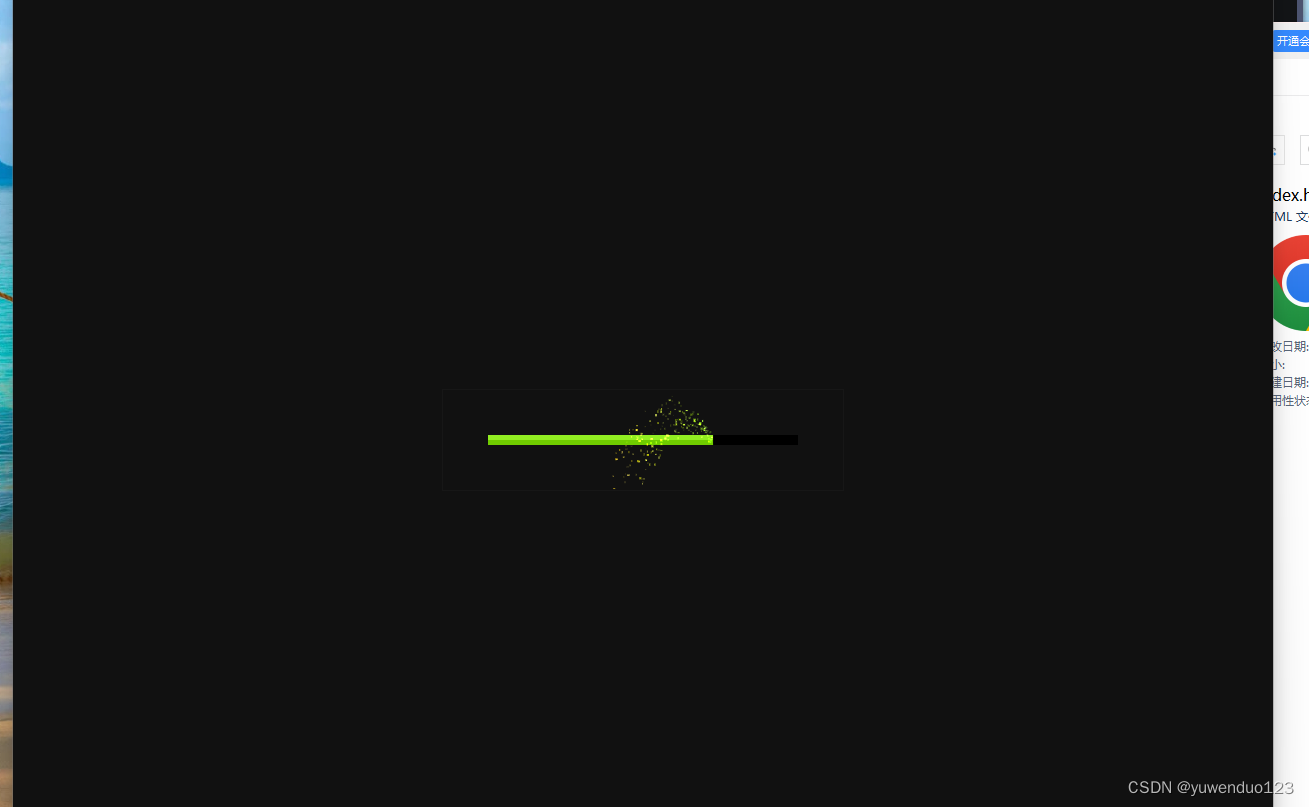自定义弹窗(CustomDialog)可用于广告、中奖、警告、软件更新等与用户交互响应操作。开发者可以通过CustomDialogController类显示自定义弹窗。具体用法请参考自定义弹窗。
在应用的使用和开发中,弹窗是一个很常见的场景,自定义弹窗又因为极高的自由度得以广泛应用。本文以橘子购物中一个应用更新提示的弹窗介绍OpenHarmony的自定义弹窗。

简单使用
1.1 创建自定义弹窗
使用@CustomDialog装饰器装饰自定义弹窗。
@CustomDialog装饰器用于装饰自定义弹框,此装饰器内进行自定义内容(也就是弹框内容)。
@CustomDialog
struct CustomDialogExample {controller: CustomDialogControllerbuild() {Column() {Text('我是内容').fontSize(20).margin({ top: 10, bottom: 10 })}}
}
1.2 创建构造器,与装饰器呼应相连
在创建好自定义弹窗之后,我们New出来它的对象,他的类型是CustomDialogController。
dialogController: CustomDialogController = new CustomDialogController({builder: CustomDialogExample({}),
})
CustomDialogController参数详解
接口函数原型:
CustomDialogController(value:{builder: CustomDialog, cancel?: () => void, autoCancel?: boolean, alignment?: DialogAlignment, offset?: Offset, customStyle?: boolean, gridCount?: number, maskColor?: ResourceColor, openAnimation?: AnimateParam, closeAnimation?: AnimateParam})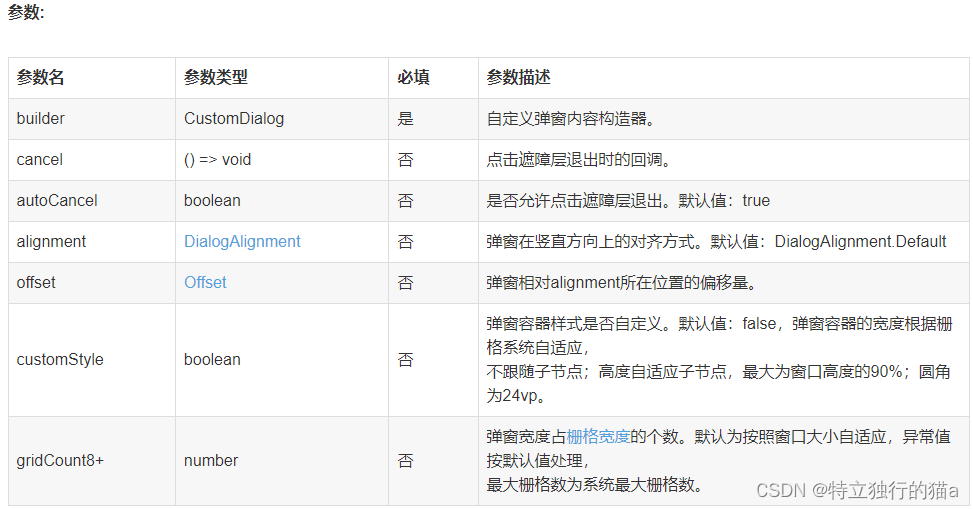
这其中最重要的就是builder,我们需要自己实现一个构造器,也就是这个弹窗的页面。上述简单示例的CustomDialogExample,就是一个弹窗页面。
简单示例代码:
// xxx.ets
@CustomDialog
struct CustomDialogExample {@Link textValue: string@Link inputValue: stringcontroller: CustomDialogController// 若尝试在CustomDialog中传入多个其他的Controller,以实现在CustomDialog中打开另一个或另一些CustomDialog,那么此处需要将指向自己的controller放在最后cancel: () => voidconfirm: () => voidbuild() {Column() {Text('Change text').fontSize(20).margin({ top: 10, bottom: 10 })TextInput({ placeholder: '', text: this.textValue }).height(60).width('90%').onChange((value: string) => {this.textValue = value})Text('Whether to change a text?').fontSize(16).margin({ bottom: 10 })Flex({ justifyContent: FlexAlign.SpaceAround }) {Button('cancel').onClick(() => {this.controller.close()this.cancel()}).backgroundColor(0xffffff).fontColor(Color.Black)Button('confirm').onClick(() => {this.inputValue = this.textValuethis.controller.close()this.confirm()}).backgroundColor(0xffffff).fontColor(Color.Red)}.margin({ bottom: 10 })}// dialog默认的borderRadius为24vp,如果需要使用border属性,请和borderRadius属性一起使用。}
}@Entry
@Component
struct CustomDialogUser {@State textValue: string = ''@State inputValue: string = 'click me'dialogController: CustomDialogController = new CustomDialogController({builder: CustomDialogExample({cancel: this.onCancel,confirm: this.onAccept,textValue: $textValue,inputValue: $inputValue}),cancel: this.existApp,autoCancel: true,alignment: DialogAlignment.Bottom,offset: { dx: 0, dy: -20 },gridCount: 4,customStyle: false})// 在自定义组件即将析构销毁时将dialogControlle删除和置空aboutToDisappear() {delete this.dialogController, // 删除dialogControllerthis.dialogController = undefined // 将dialogController置空}onCancel() {console.info('Callback when the first button is clicked')}onAccept() {console.info('Callback when the second button is clicked')}existApp() {console.info('Click the callback in the blank area')}build() {Column() {Button(this.inputValue).onClick(() => {if (this.dialogController != undefined) {this.dialogController.open()}}).backgroundColor(0x317aff)}.width('100%').margin({ top: 5 })}
}
升级弹窗界面示例
定义CustomDialogController
首先,我们需要定义一个CustomDialogController:
UpdateDialogController: CustomDialogController = new CustomDialogController({builder: UpdateDialog(),customStyle: true
})这个CustomDialogController就代表弹窗,UpdateDialog()是弹窗的具体实现,customStyle为ture就表示弹窗样式可以自定义。
设置调用时机
在这个场景中,我们想要每次打开应用的时候弹窗,其他时候不弹窗,我们需要在首页组件的aboutToAppear中加入以下代码:
aboutToAppear() {if(AppStorage.Get('nowIndex') === undefined || AppStorage.Get('nowIndex') === 0){this.UpdateDialogController.open()}
}aboutToAppear函数的调用时机是创建自定义组件的新实例后,执行其build()函数之前,所以在首页组件的aboutToAppear加入CustomDialogController的打开开逻辑可使弹窗仅在应用打开的时候触发。
aboutToAppear参考文档:自定义组件的生命周期
实现builder实例
实现实例可以直接在builder后面直接实现,也可以定义在其他文件中,然后通过调用的方式获取,本文以调用方式实现。
实例组件的定义前需加export才能暴露出去:
export struct UpdateDialog {}
@CustomDialog
export struct UpdateDialog {@State currentVersion: string = ''@State richTextData: string = ''@State lastVersion: string = ''@State updateContent: string = ''private context?: AbilityContextprivate customDialogController?: CustomDialogControllerasync aboutToAppear() {this.context = getContext(this) as AbilityContextthis.richTextData = await dialogFeature.getRichTextData(this.context)Logger.info(TAG, `this.richTextData = ${this.richTextData}`)await this.getData()}async getData() {try {this.currentVersion = await dialogFeature.getCurrentVersion()let requestResponseContent: RequestResponseContent = await dialogFeature.getLastVersion()if (requestResponseContent.content === null || requestResponseContent.content === undefined) {return}this.updateContent = requestResponseContent.contentif (requestResponseContent.versionName === null || requestResponseContent.versionName === undefined) {return}this.lastVersion = requestResponseContent.versionName} catch (err) {Logger.info(TAG, `getApplicationVersion is fail`)}}...弹窗具体实现
自定义弹窗的实现就是在原页面的基础上再加一层页面,页面内容自定义。
弹窗页面我们可以通过stack组件实现,stack组件会使容器内的子组件堆叠布局,使用stack的好处是可以添加一层遮罩效果。
Stack() {// mask 遮罩层Column().width('100%').height('100%').backgroundColor('#000000').opacity(.4)...以上代码在stack的第一层设置了backgroundColor和opacity属性,这样会产生如开始示意图的遮罩效果。
需要注意的是,需要在取消按钮的调用函数中关闭弹窗,具体代码如下:
Button($r('app.string.cancel')).onClick(() => {this.customDialogController.close()})弹窗界面完整代码
build() {Stack() {// mask 遮罩层Column().width('100%').height('100%').backgroundColor('#000000').opacity(.4)Column() {Stack({ alignContent: Alignment.TopStart }) {Text($r('app.string.update_title')).fontSize(30).fontColor('#FFFFFF').fontWeight(500).margin({ top: 70, left: 76 })Text(`V${(this.lastVersion || updateData.versionName)}`).fontSize(16).backgroundColor('#FFFFFF').textAlign(TextAlign.Center).fontColor('#E9304E').borderRadius(20).width(80).aspectRatio(2.8).margin({ top: 110, left: 76 })Column() {// 富文本容器Scroll() {Column() {if (this.richTextData) {RichText((this.updateContent || this.richTextData)).width('100%').height('100%')}}.width('100%')}.height(200)Row() {Button($r('app.string.cancel')).commonButtonStyle().fontSize(20).margin({ left: 10 }).fontColor('#E92F4F').backgroundColor('rgba(0,0,0,0.05)').margin({ right: 10 }).onClick(() => {this.customDialogController.close()}).key("cancel")Button($r('app.string.update_now')).commonButtonStyle().fontSize(20).margin({ right: 10 }).fontColor('#FFFFFF').backgroundColor('#E92F4F').margin({ left: 10 }).onClick(() => {this.customDialogController.close()}).key("Now")}.margin({ top: 30 })}.width('100%').padding({ left: 25, right: 25 }).margin({ top: 230 })}.height(600).width('100%').backgroundImage($r('app.media.update'), ImageRepeat.NoRepeat).backgroundImageSize(ImageSize.Contain)}.width(480).padding({ left: 16, right: 16 })}.width('100%').height('100%')
}参考
本文供稿:刘家辉 (JaysonLiu3) - Gitee.com
本例参考的官方文档:橘子购物
自定义弹窗官方文档
自定义组件的生命周期-aboutToAppear
写在最后
- 如果你觉得这篇内容对你还蛮有帮助,我想邀请你帮我三个小忙:
- 点赞,转发,有你们的 『点赞和评论』,才是我创造的动力。
- 关注博主,同时可以期待后续文章ing🚀,不定期分享原创知识。
- 想要获取更多完整鸿蒙最新VIP学习资料,请关注猫哥公众号【猫青年】,回复“鸿蒙”获取

其他资源
层叠布局(Stack)-构建布局-开发布局-基于ArkTS的声明式开发范式-UI开发-开发-HarmonyOS应用开发
线性布局(Row/Column)-构建布局-开发布局-基于ArkTS的声明式开发范式-UI开发-开发-HarmonyOS应用开发
按钮(Button)-添加常用组件-添加组件-基于ArkTS的声明式开发范式-UI开发-开发-HarmonyOS应用开发
【鸿蒙软件开发】自定义弹窗(CustomDialog)_harmonyos developer自定义弹框-CSDN博客
免费的api接口网站有哪些? - 知乎
文档中心
applications_app_samples: We provide a series of app samples to help you quickly get familiar with the APIs and app development process of the OpenHarmony SDKs. | 为帮助开发者快速熟悉OpenHarmony SDK所提供的API和应用开发流程,我们提供了一系列的应用示例
Codelabs: 分享知识与见解,一起探索HarmonyOS的独特魅力。
